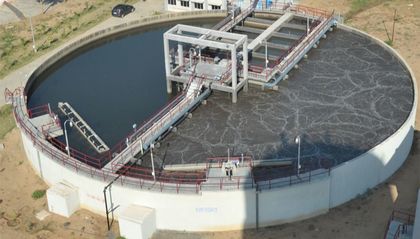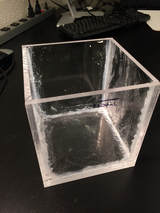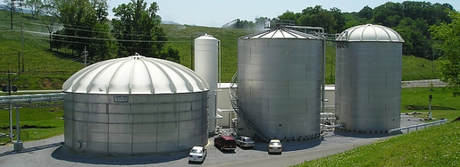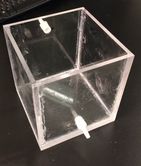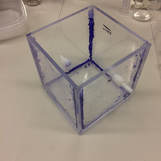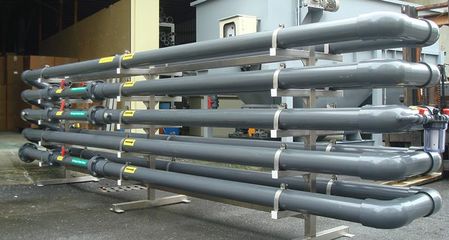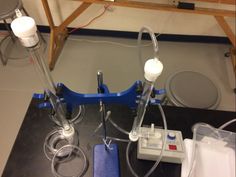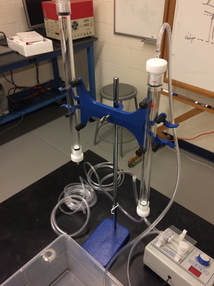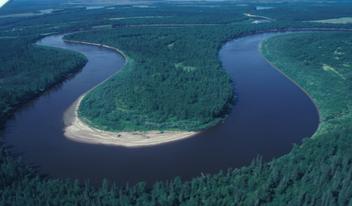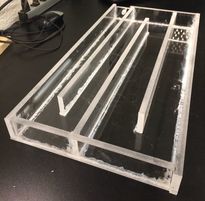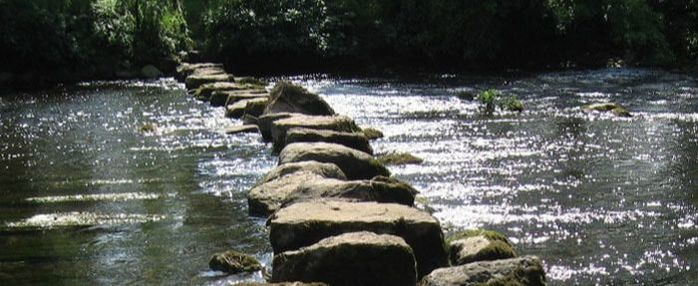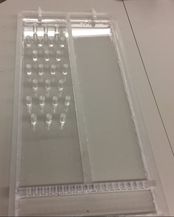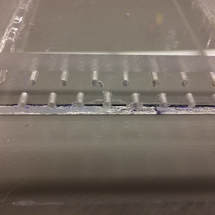Background Information
Types of Reactors used in Environmental Engineering
& Water Treatment Systems
The information below is meant to introduce the types of reactors and systems used to study and treat groundwater (remediation). The information on the left introduces the real-world application and the information of the right provides examples of models built in a laboratory (Young Scholars in collaboration with Philip Larese-Casanova during the summer of 2018) that can be used to study, predict, and analyze information gathered by each type of reactor in a research setting. The videos on this page provide a quick glimpse as to how each reactor works, additional information about research accomplished using each reactor type can be found in the RESEARCH IN THE LAB page.
Batch Reactor
Definition: A typical batch reactor consists of a tank with an agitator and integral heating/cooling system. They are usually fabricated in steel, stainless steel, glass-lined steel, glass or exotic alloy. Liquids and solids are usually charged via connections in the top cover of the reactor.
|
|
|
Continuous / Completely Stirred Tank Reactor (CSTR)
Definition: A type of chemical reactor that runs at steady state with continuous flow of reactants and products; the feed assumes a uniform composition throughout the reactor, exit stream has the same composition as in the tank.
Plug Flow Reactor
Definition: The plug flow reactor model (PFR, sometimes called continuous tubular reactor, CTR) is normally the name given to a model used in chemical engineering to describe chemical reactions in continuous, flowing systems of cylindrical geometry. The PFR model is used to predict the behavior of chemical reactors of tubular design, so that key reactor variables, such as the dimensions of the reactor, can be estimated.
Meandering River Flow Model
Definition:
A meander is one of a series of regular sinuous curves, bends, loops, turns, or windings in the channel of a river, stream, or other watercourse. It is produced by a stream or river swinging from side to side as it flows across its floodplain or shifts its channel within a valley. A meander is produced by a stream or river as it erodes the sediments comprising an outer, concave bank (cut bank) and deposits this and other sediment downstream on an inner, convex bank which is typically a point bar.
A meander is one of a series of regular sinuous curves, bends, loops, turns, or windings in the channel of a river, stream, or other watercourse. It is produced by a stream or river swinging from side to side as it flows across its floodplain or shifts its channel within a valley. A meander is produced by a stream or river as it erodes the sediments comprising an outer, concave bank (cut bank) and deposits this and other sediment downstream on an inner, convex bank which is typically a point bar.
|
|
|
